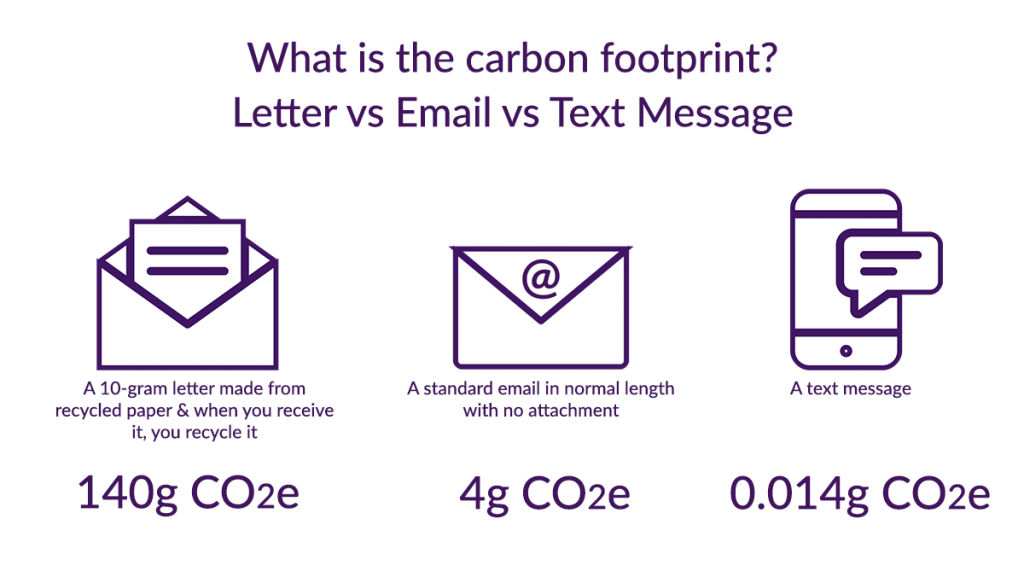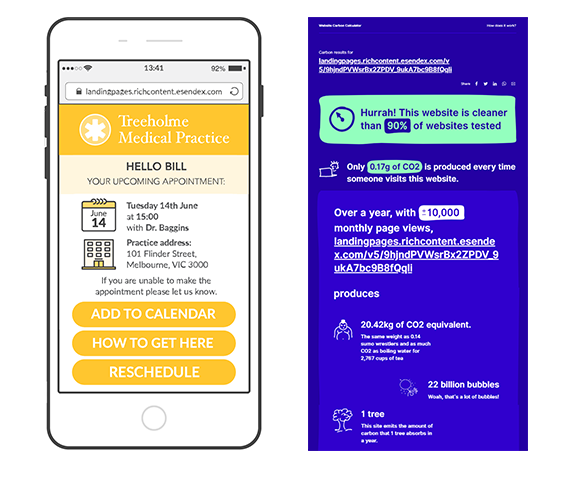In 2015, the carbon dioxide level officially passed the 400 ppm level of what is known as the “carbon threshold”. Climate scientists call that the “point of no return”, where we’ll probably never see the CO2 level drop below 400 ppm in our lifetime, and climate change is irreversible (source). Since then we’ve seen sea levels rise substantially faster, ice lost from the Antarctic ice sheet increase at least six-fold, heat waves resulting in numerous new temperature records, massive widespread fires in many countries and nonrenewable tropical rainforest (source), and a record season of early bushfires here in Australia right under our noses. While some scientists believe that there is no climate emergency, and some politicians have suggested that it is ok to increase greenhouse emissions as there’s no direct link between that and the severity of bushfires (source); we, as individuals, have to make our own choice as to what to believe and whether we are going to make an effort in reducing our carbon footprint and help fight climate change. The only catch here is, there is only one earth, and if we bet on the wrong bet, there’s nowhere else to go.Luckily, with today’s technology there are some quick and easy wins. Changing your communication channel from paper based to electronic based, for instance, can reduce a significant amount of carbon emissions.
SMS Landing Pages – fully branded and visually appealing messages
An SMS Landing Page is basically a web page that’s designed with mobile users in mind. It contains all the appealing visual elements any web page has, so things like images, brand colours, logo and call-to-action buttons; with one unique element – personalised content – images to text to even the call-to-action buttons can be tailored to each individual recipient to create the best personal experience. But surely websites have carbon footprint too, you might ask. Yes they do. Now it is a little bit complicated when calculating the carbon footprint of a website as it differs from the size of the website, how data is transferred, the data center, telecom networks and end user’s device involved when accessing the website. Thankfully there’s a website carbon calculator that takes into account many considerations to give a pretty good estimation of how much carbon footprint is produced every time someone visits a website. 
Mobile Letters – maintaining the formality of paper based documents
Sometimes the formality of a paper based document is difficult to replace by SMS or email, especially for important documentation like contracts. Our new product Mobile Letters are designed to address this issue. With Mobile Letters, providers can send the letters as an embedded URL link via SMS. When their customers received the SMS and click the link, they will be directed to a web page to verify their identity. Security questions can be used for identity verification to ensure privacy and data security; or you can have recipients complete their personal data that becomes part of the letter. Once this process is completed, they will be able to download the letter as a pdf document to their device. Not only do Mobile Letters help save the environment, providers can also save costs and resources that are needed for any postal communications. There are also added benefits to have the process fully automated, and every step of the process tracked to analyse engagement rate or to consider if other actions should be taken. Get in touch now at 1300 764 946 or email us at [email protected] if you’d like to do business communication in a more sustainable way, with less carbon footprint without compromising on quality.


